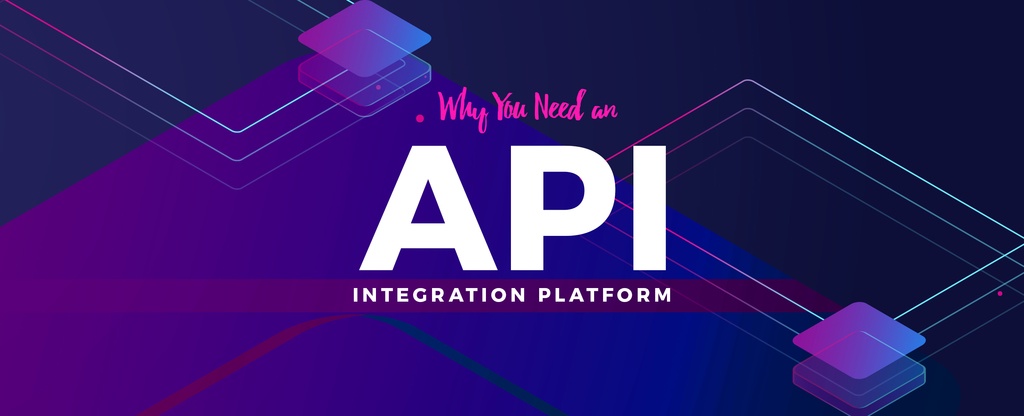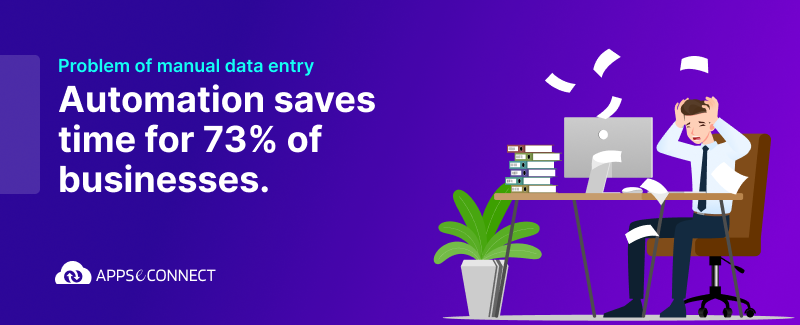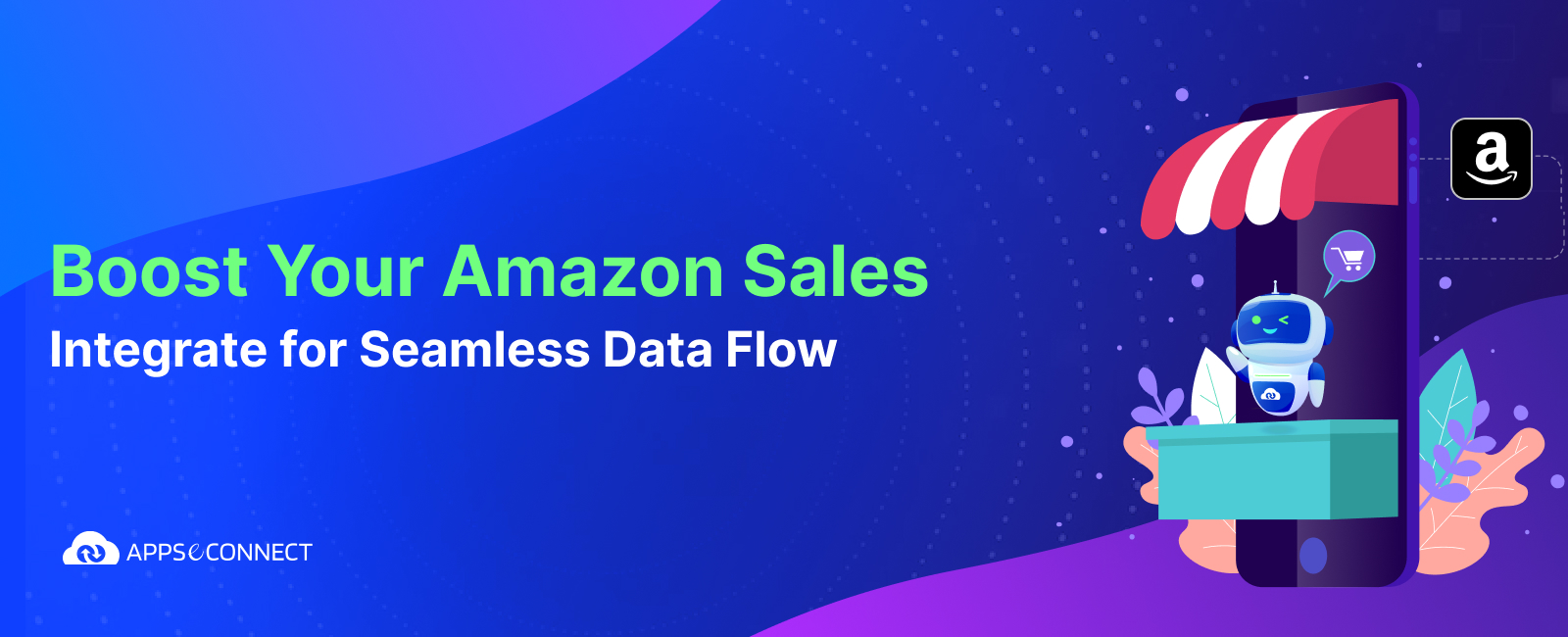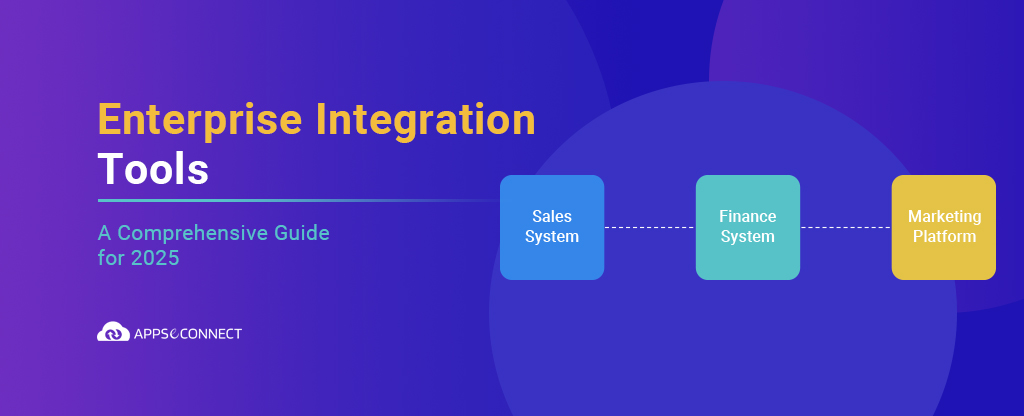An application programming interface (API) is a tool or defined method of communication that processes requests. API enables interaction for any web-based systems like applications, and devices. It allows applications to communicate with backend systems. It processes data and facilitates faster connectivity between devices and programs.
An application programming interface creates a backend system for the company to sell its products and services online. An application programming interface enables access of services by adding codes to applications. It further enhances connectivity and bolsters functionality.
APIs ensure seamless communication between various applications. For example, an app like Uber Eats is exposed by API to show the restaurant locations on Google Maps. API integration eases businesses and benefits consumers.
Starting from early 2015-16, it is less a matter of whether APIs are needed, but how they will be created, customized as per the B- requirement and published. Enterprises now have many options at their disposal when it comes to creating APIs and putting them in place. Comparing among all the choices present in the plate, only one reigns supreme: the API integration platform.
Why you Need an API Integration:
1. An API Integration Platform to Connect Web-based Apps:
There are hundreds of web-based apps are there in the market. A study shows that an average organization use 6 different apps and 15 percent of all companies polled used Google Apps and/or Office 365 at a minimum.
When it comes to communicating with cloud apps, APIs are the best option. Most legacy integration technology, like enterprise service buses (ESBs) were designed in the on-premise era, having a hard time connecting with APIs beyond the firewall. The gravity of apps has shifted to the cloud, and it no longer makes sense to enterprises that the platform that connects all these clouds behind your firewall. Simply put, an API integration platform hosted in the cloud which is necessary to connect modern cloud APIs.
2. Integration Platform to Meet the Need:
Let’s take a quick example of any typical order processing unit of any average organization where there are different teams are working on the same goal towards customer satisfaction minimizing the time of processing. Starting from Order verification team, Warehouse management team, dispatch and delivery.
While there are some tools out there that claim to process data for any average order management department would need, that solution is likely both expensive and not very efficient at all these tasks.
Instead, many distributed individual departments are building their own solutions, assembling their own platforms, by pulling together best-of-breed solutions that handle specific tasks and data sets. With an API integration platform, departments can connect the cloud apps and tools available.
3. Create New APIs Quickly and Easily:
When you need an API, you had only two main options –
1) You use the available APIs from the offerings of the service provider (Any third party or SaaS-based vendors).
2) Build your own from scratch.
Both can be restricted to the exposure of your business need as it’s of generic form and may not serve the actual customized need of yours. When you build from scratch you need to consume more costly development and implementation hours
An API integration platform offers a faster, reliable option which just a few clicks of buttons, one can create new APIs both for existing integration or new establishment leveraging your business advancements.
4. Get Value from Existing and Legacy Data Sources.
At most of the company’s older data sets are not in use rather just collecting dust on the shelves of database cell. The reason for that lies at accessing it from the source or storage.
API integration platforms can be a recommendation in these scenarios. An enterprise can create its own APIs just for internal uses which enables to more easily extract and use data from older servers and databases as well as reuse business logic and workflows that are already working.
5. Build New Apps Easily:
Let’s have a few lightning facts-
Instagram the photo-sharing social network company had a strength of 13 employees back in 2012 when before it was occupied by Facebook. WhatsApp had a strength of 55 employees in 2014 when it was occupied by Facebook. Both the apps are not an outlier here but the point here is the team has managed to create successful app packaging multiple APIs.
Photo filters and social media technology existed long back of Instagram but they were not packaged as they did.
New apps can be composed in the exact similar way. Using an API integration platform, teams can quickly and simply connect disparate technology or expose existing integrations as APIs or microservices to bring new apps to market.
6. A Platform to Make your Teams More Strategic.
At enterprises where API creation is manual exercise, they need to align different teams of developers to develop and get the things up and running. The departments lacking integration stacks needs to add more employees to handle the specific apps.
With the API integration platform in place, the team of developers can focus their efforts other than developments to strategic projects but more often fewer people are needed to keep every department productive.
7. A Platform to Improve Team Productivity across the Board.
API integration serves to boon the productivity by minimizing the efforts starting from developers, coders to all related IT departments. The additional hours invested in the creating, managing and fixing APIs can be transferred into other pursuits.
API integration platforms are not only restricted to IT departments but also to all the other departments. This technology enables stacks to become a reality. This platform often allows even non-technical teams to create and manage their own APIs if required.
8. A Platform to Manage each API individually easily:
Legacy API creation methods including created by a third party, maintenance of the API falls on development or IT team in the enterprise can be an exhausting and time-consuming effort.
API integration platforms can significantly minimize this effort. By serving as a one-stop solution pane for all deployed and created APIs, this platform simplifies management and security.
9. It’s better to Use the Platform than Doing it Alone:
When self-created or third-party APIs are in use, businesses typically have no one to help them out. APIs made by outside parties usually offers user guides and documentation, but to reach out to Google or Amazon for any specific queries is hard.
Most of the API integration platform providers often have in-house experts and which can be availed if necessary. This level of support can go a long way toward ensuring that a business can get for its investments.
10. A Platform for Future-proofing Enterprise Integration.
Technology has progressed at such a rapid speed over the past decade, and this growth has no signs of slowing down. Internet of Things, Machine learning and wearables are just some of the tech trends poised to change the enterprise IT landscape in the future.
With an API integration platform in place, organizations can make sure that they have the capabilities to effectively integrate these new technologies as they grow and mature.
Now, you can easily connect your line of business apps under one single platform to automate the business process!
You may also like:
Webinar: 10 Integration Patterns on iPaaS Platform
How to Easily Create Sitemap in Magento – Step by Step Guide
APIs Are Just Like LEGO Blocks




















